Jean Renoir | 40min

Cinema history is brimming with conflicts between directors trying to maintain their artistic integrity and studios interfering with final cuts, so it is odd indeed to see a producer’s post-production meddling save a film from oblivion. For the French featurette A Day in the Country, it wasn’t until ten years after Jean Renoir cut production short due to unwelcome rain and left it in limbo that Pierre Braunberger reconstructed the existing material, thereby letting us watch it in its current form today.
If its unfinished state leaves any sort of unsavoury mark on the film, then perhaps it is visible in its rushed epilogue, briefly colliding two old lovers years after their daylong romance, before fizzling out. Still, not even this can detract from the dreamy sincerity of Renoir’s literary adaptation, especially given the friendship between his father, renowned painter Pierre-Auguste Renoir, and Guy de Maupassant, the writer of the source material. Jean Renoir is a worthy artistic successor to both within his own medium, expanding Maupassant’s 19th century naturalism to the poetic realism of 1930s cinema, and drawing heavily on some of his father’s impressionist paintings such as ‘The Skiff’ and ‘Luncheon of the Boating Party’ to create scintillating moving portraits of rural France.
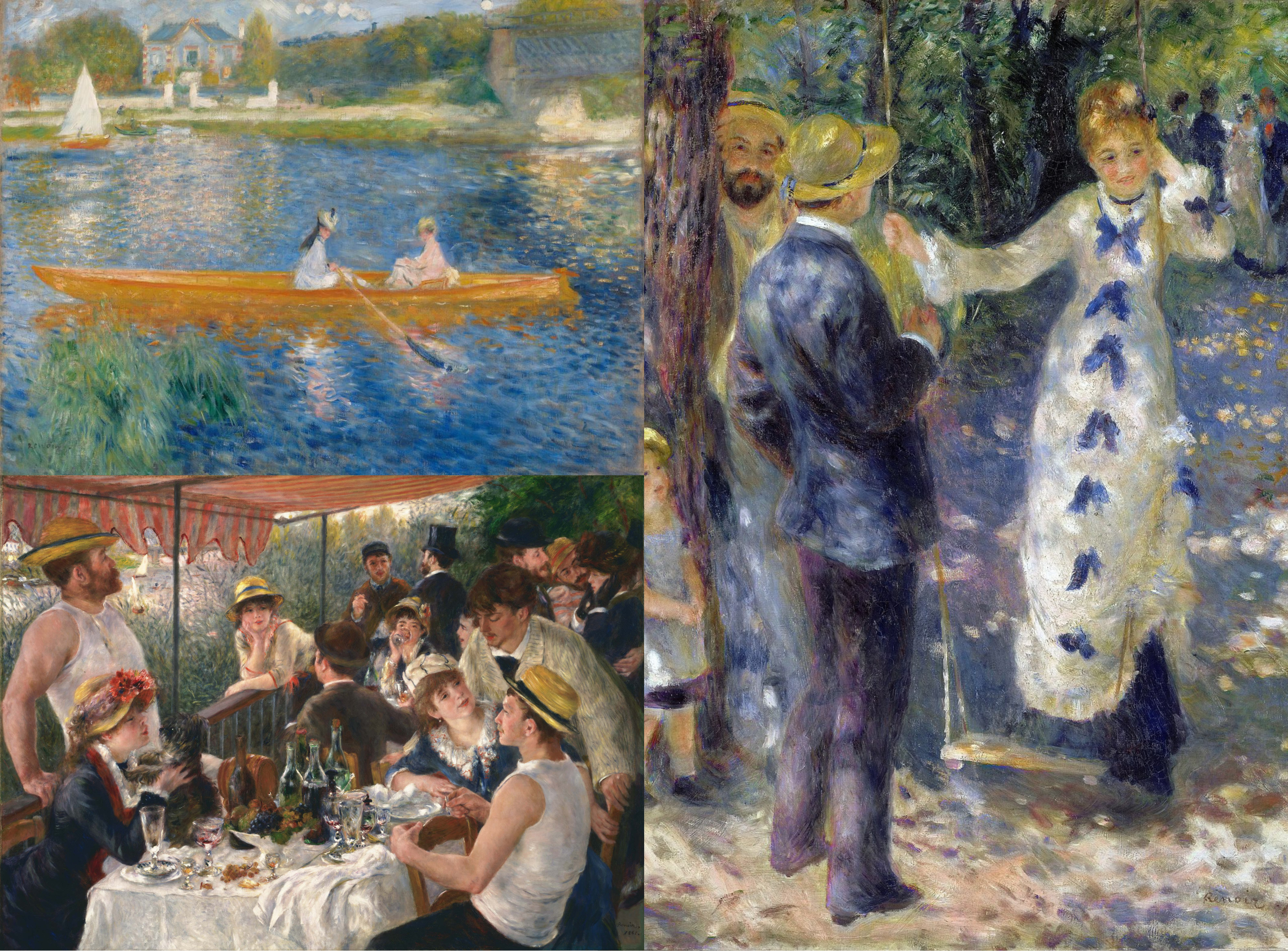
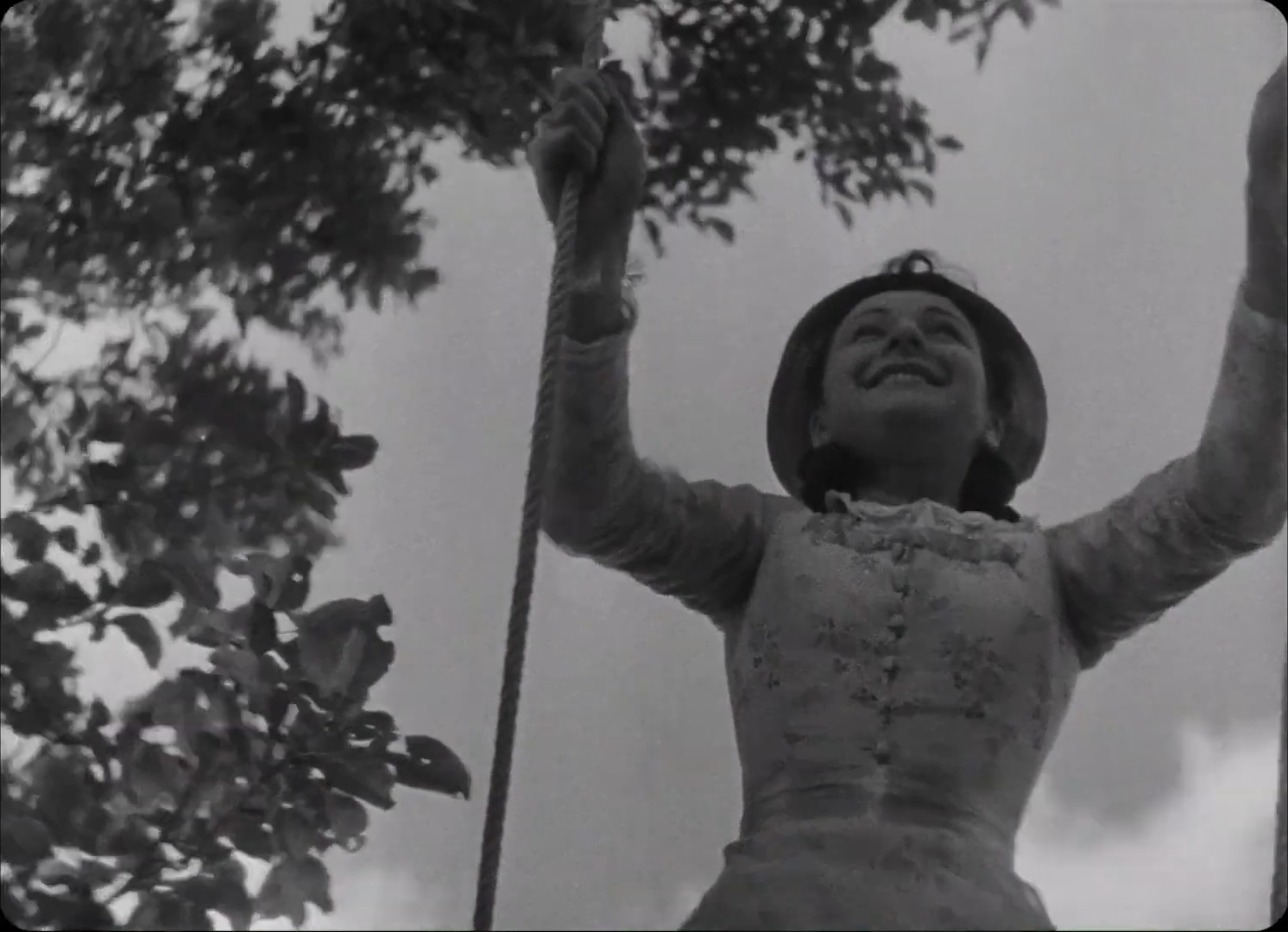
Most arresting of all the similarities between A Day in the Country and the elder Renoir’s work is that scene which sees the daughter of the wealthy Dufour family, Henriette, stand on a swing and gleefully rock back and forth. The resemblance to Pierre-Auguste’s oil painting ‘The Swing’ is more than passing, positioning its young female subject as the light, romantic centre of the image, but for Jean Renoir the beauty of cinema lies as much in the camera’s elegant motions as its pictorial mise-en-scene. In his rendering of this blissful scene, we sway with her on the swing and gaze up at her joyous expression, airily detached from the earth below. True to Renoir’s penchant for deep focus staging as well, a much wider shot delicately frames this moment through an open window where two aspiring suitors watch from a distance, uniting strangers from the city and country in a single charming shot.
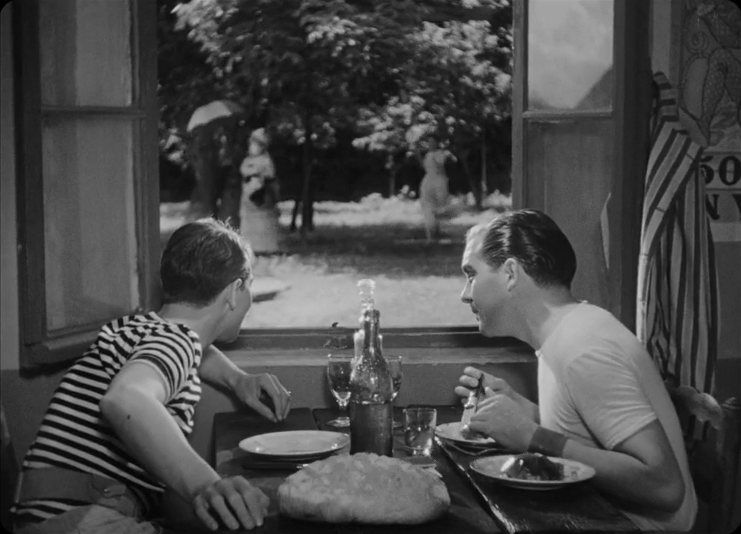
It is a simple story which unfolds from here, following the double courtship between Henri and Henriette on one side, and Rudolphe and Madame Dufour on the other. The film’s distinct beauty rather emerges in its relaxed pacing, nature photography, and light characterisations, positioning Henriette and her mother as two sides of a single, romantic coin. The young woman is expressive with her words and feelings, fancifully wondering whether “those little creatures feel joy and sorrow like us” as she stands at the edges of a riverbank. Later, she goes on to confess an even deeper sentimentality that resides within her soul, asking her mother whether she felt something similar when she was young.
“Did you feel an immediate tenderness for it all – for the grass, the water, the trees? A vague sort of yearning. It starts here, then it rises. It almost makes me want to cry.”
Madame Dufour’s response is sweet, yet possesses a slightly jaded edge.
“Dear child, I still feel like that, but I’m more reasonable now.”
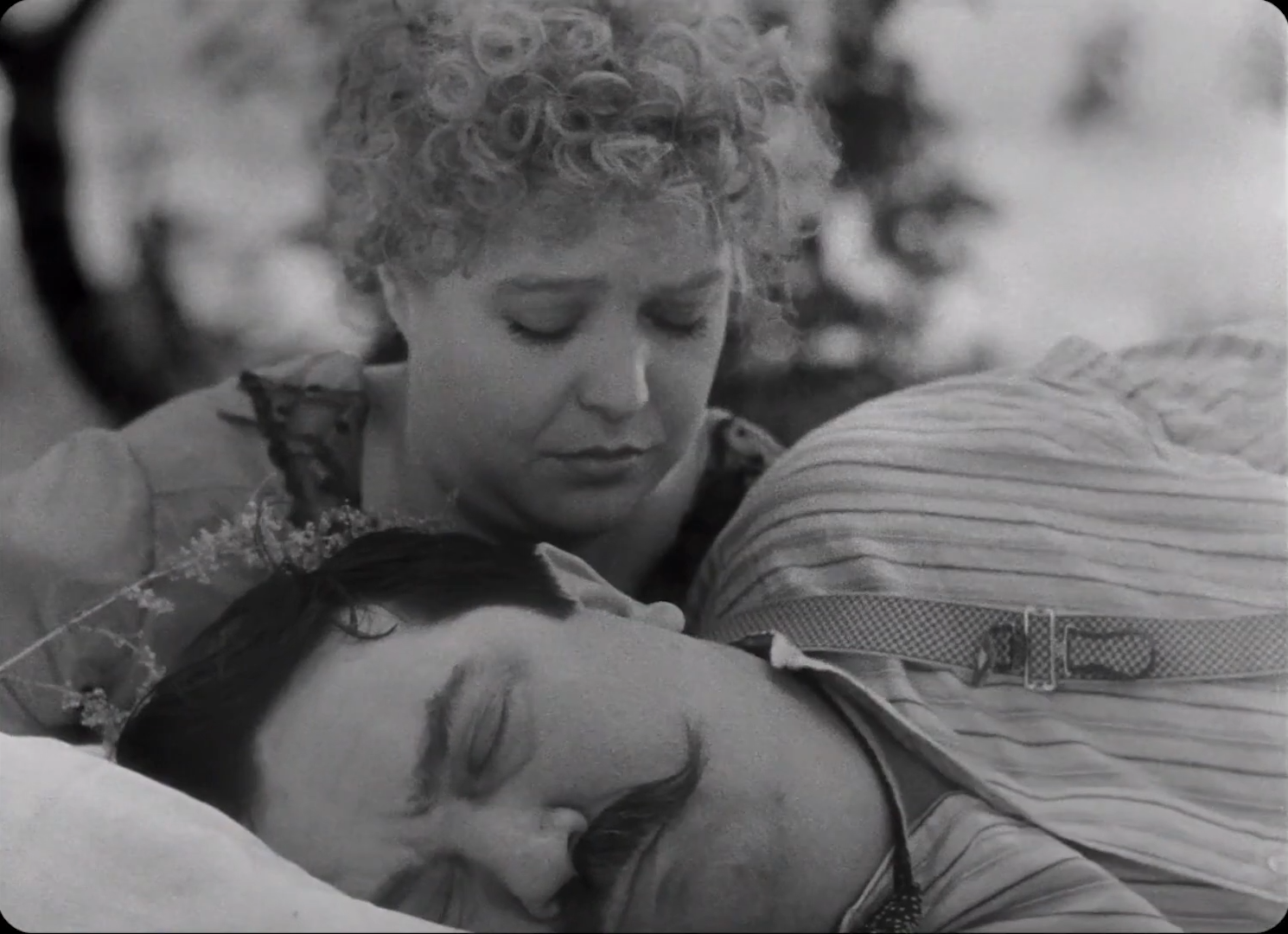
In this passage, Renoir efficiently lays the formal groundwork for the switch that will soon take place between these two women. While Monsieur Dufour and Henriette’s fiancé Anatole bumble around as comic relief, Henri and Rudolphe swoop in to woo their partners, and in an idyllic pastoral setting like this who could possibly be immune to the sweet call of love? Renoir catches the rippling reflections of people, skiffs, and reeds in the silvery surface of the river, as fragile as these fleeting affairs, and he even spends time simply drifting his camera above the water, basking in the carefree atmosphere. True to his poetic realist roots, he is also sure to fill out frames with a lush, deep focus, watching one couple’s boat glide by in the background even while the other dominates our attention.
Needless to say, Madame Dufour is utterly entranced by Rudolphe’s country boy charisma, revealing the same idealism which prospers in her daughter. Henriette too is excited by Henri’s advances, though when they finally kiss Renoir cuts in close to her now doleful expression, as if she has stepped outside her mind for the first time and seen this tryst for what it is. Grey clouds begin to gather, a harsh wind whips the reeds, and as we float above the water one last time, its reflective surface is now pierced by small, sharp raindrops. Days as wistfully delicate as these can be washed away with just the slightest shift in the atmosphere.
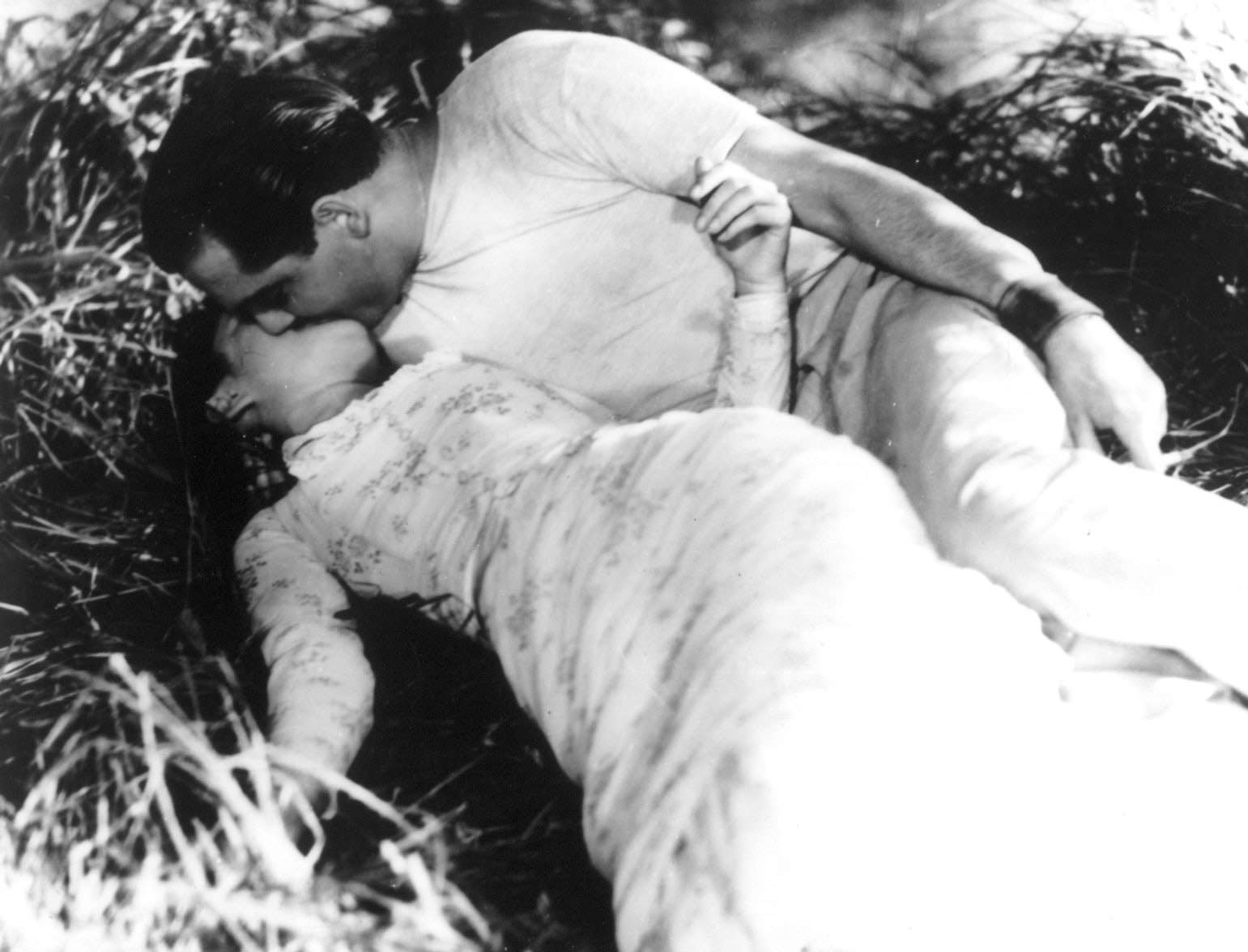
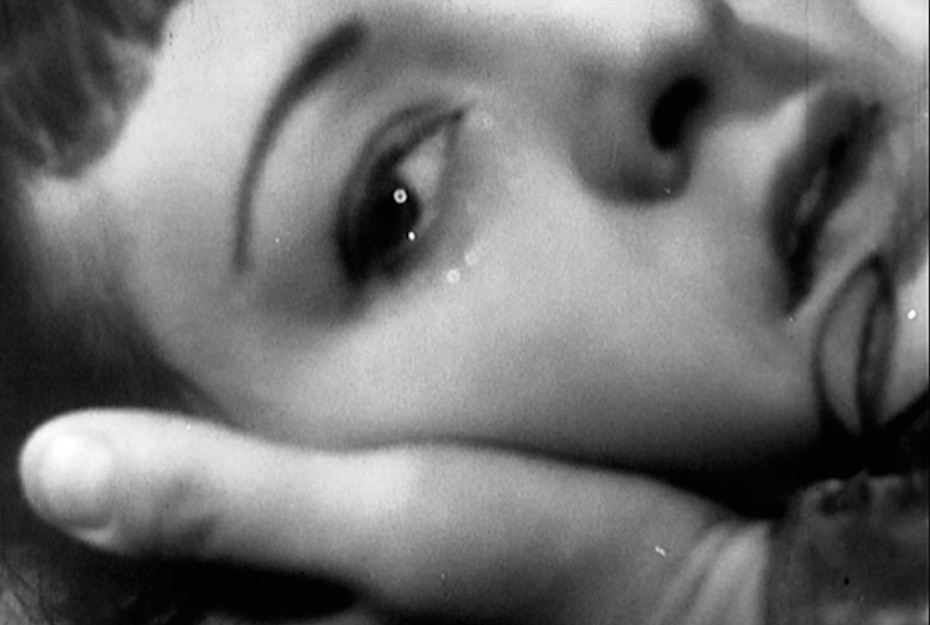
It may be fate or possibly just coincidence that brings Henri and Henriette together on the same riverbank years later, though by now she is married, and there is evidently no chance of rekindled love. Her dark eyes seemingly haven’t changed since last time we saw her, lacking the bright spark which once lit up the entire countryside. “My happiest memories are here,” Henri confesses. “I think of it every night,” she discloses in return. Although this ending is woefully truncated, there is still an affecting grace in these simple words, pensively reminiscing on a shared past. That nostalgia lasts far longer than the actual events it is born from is a painful paradox in A Day in the Country, and most of all for those whose best days are behind them. With a visual style and narrative pacing as elegant as Renoir’s though, it is fully possible to recognise the beauty of these moments as they pass us by, living from moment to moment.
A Day in the Country is currently streaming on The Criterion Channel.
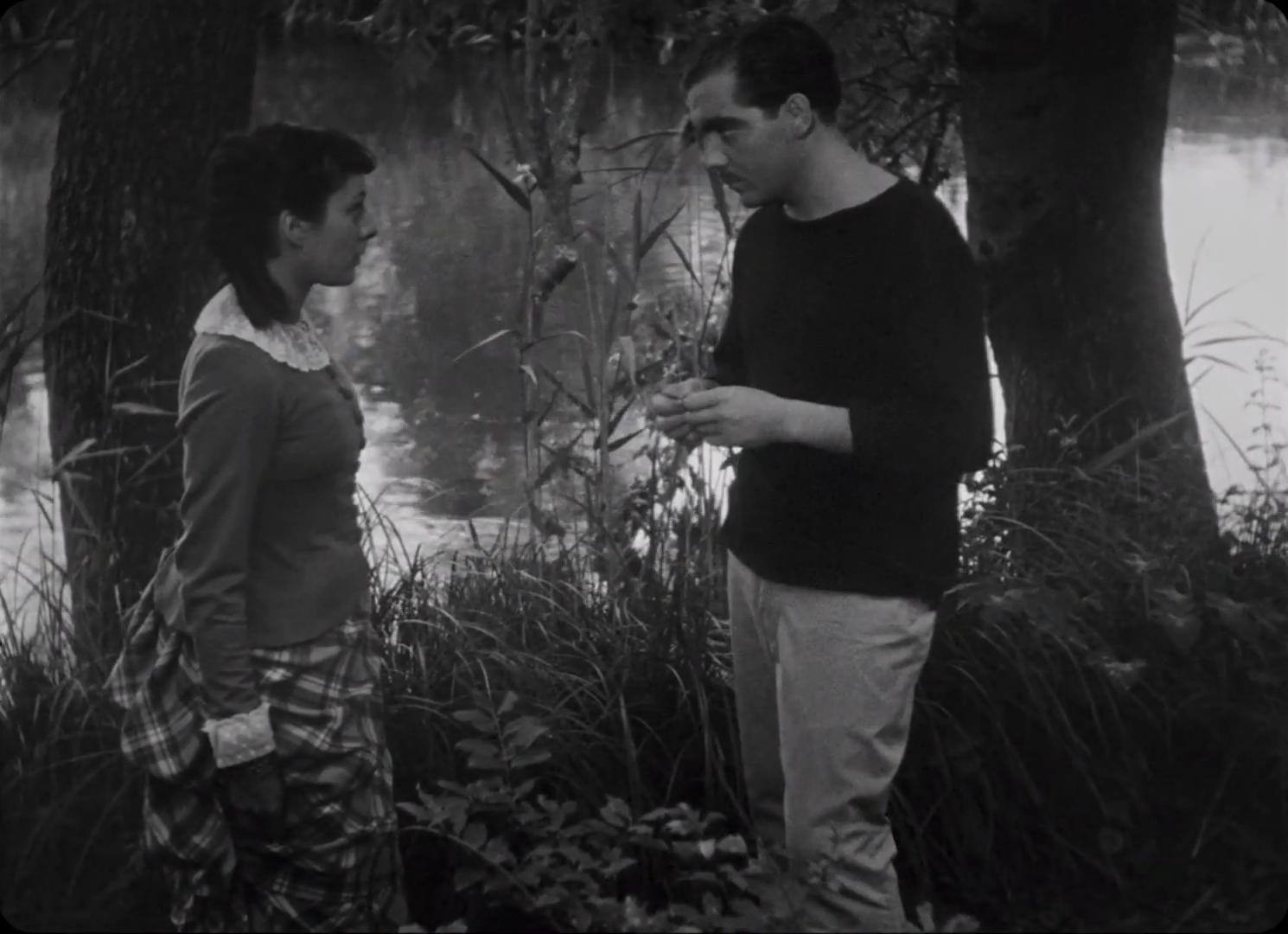

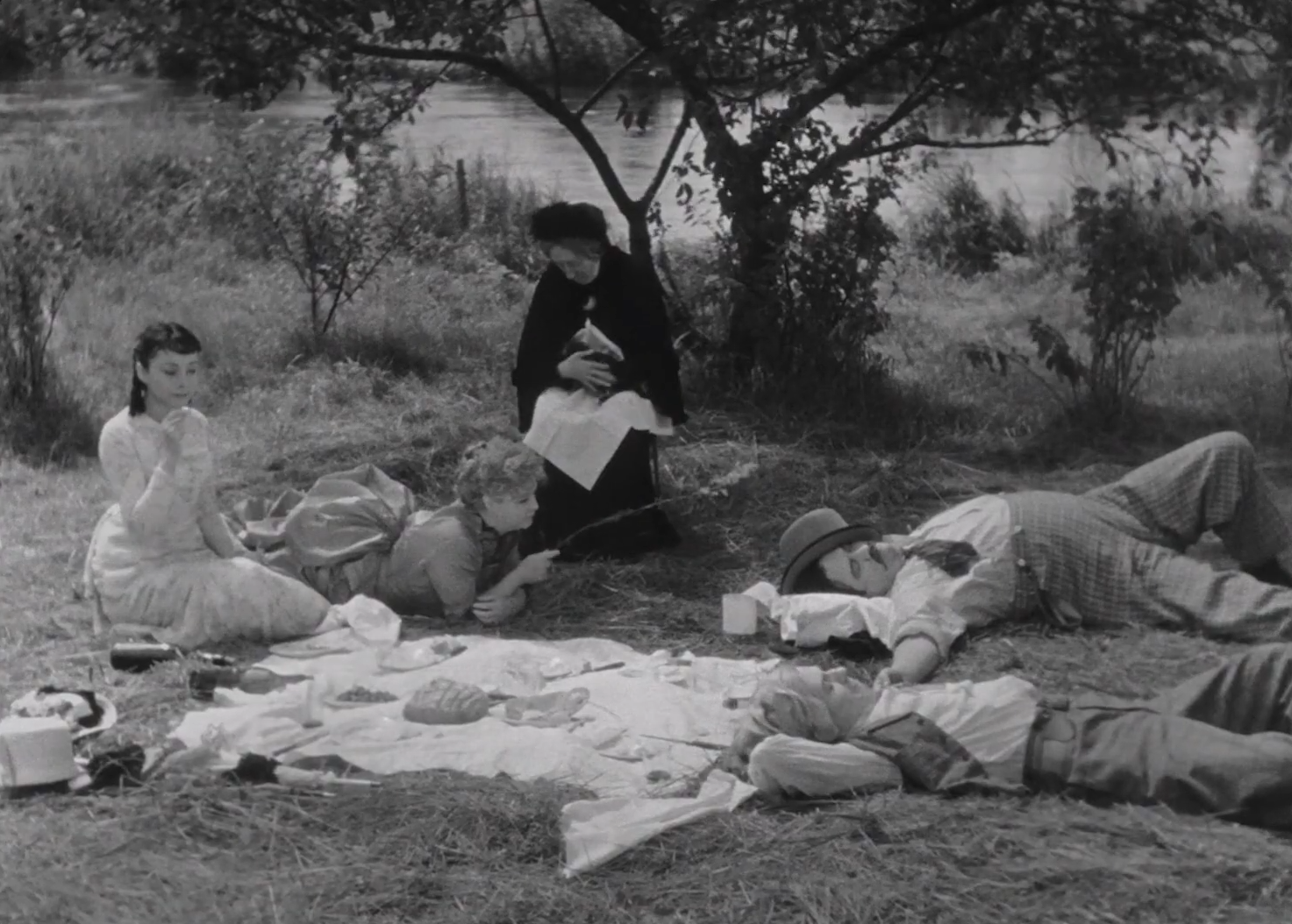
This is a beautifully written article on “A Day in the Country” and how Jean Renoir’s artistic influences and poetic realism are evident throughout the film. I was particularly struck by the scene with Henriette on the swing, which is reminiscent of Pierre-Auguste Renoir’s painting ‘The Swing’. My question for the author is, do you think the rushed epilogue detracted from the film’s overall impact or did it add to the dreamy yet melancholic tone?
Yoy Edib
Thank you for the kind words Yoy Edib, that’s a great question. I can see both sides of it – there is an air of lost romance to the rushed conclusion, but at the same time I do wish we could we have seen it developed more. I would trust that the alternative Renoir had in mind and never finished would have landed a bit better. What are your thoughts on this?
Pingback: The Best Films of the 1930s Decade – Scene by Green